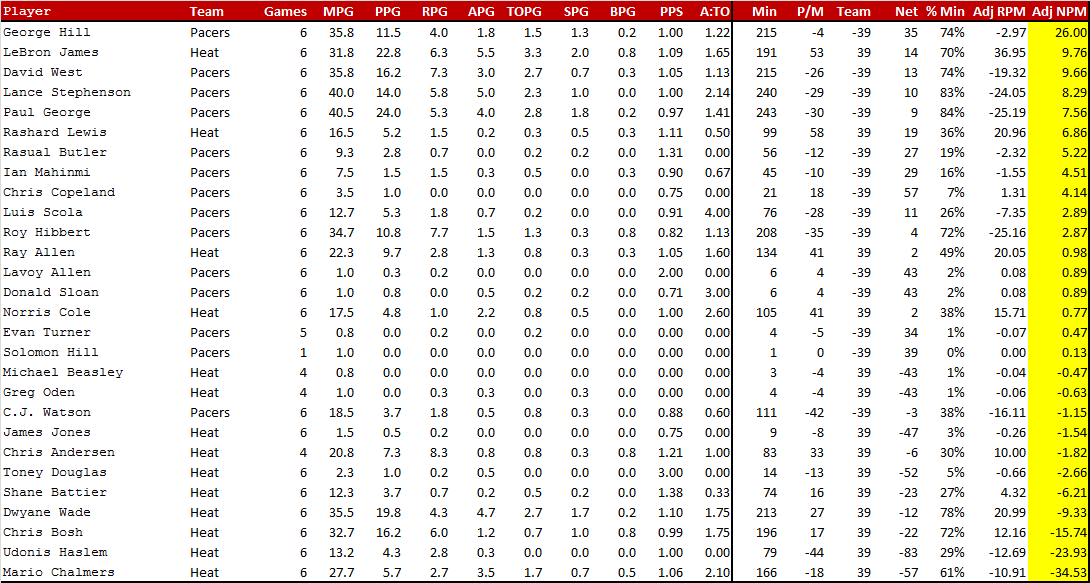TIER 1: Year 3 PER of 18+
As is fairly obvious from this group, lottery big men at this level are already pointed in the direction of an All-Star berth, or at the very least a productive career. Two players missed their third seasons due to injury, but posted 18+ PER's in year two: Brandan Wright and Sean May. So, out of this group, the average case appears to be NBA All-Star, and that's obviously worth a well-paying extension.
TIER 2: Year 3 PER of 15-18
Among this group, it's more of a mixed bag. While members of this group earned All-Star and All-NBA accolades (Joakim Noah, Chris Kaman, Andrew Bogut), there are some frustrating cases of unrealized potential in this group. The expected case here looks more like average productivity, so worth a reasonably priced extension.
TIER 3: Year 3 PER below 15
This is where it gets it a little dicey. Of the 26 players in this group, only 13 have produced a PER of 15 in any season after Year 3. And 15 is league average productivity. So the expected case in this group? Somewhere around average productivity, or a little below that. This is the group that Biyombo currently finds himself in. There is one All-Star in this group: Tyson Chandler. He did manage to get there, after 13 seasons, and stints with Chicago, New Orleans, Charlotte, Dallas, and New York.
So what, if any, conclusions are to be drawn from this group? First, there seems to be a grain of truth in the idea that the third year for an NBA player is important; at that point, players seem to slot fairly neatly into bands of productivity. Second, the lottery picks that ascended above "good rotation guy" largely show that potential on the court in regular season games, and they show it in their first three years.
For Biyombo, all indications are that he possesses the talent and work ethic to round into a useful NBA player at some point. However, there's enough evidence to realistically reset the ceiling below the Ibaka / Ben Wallace comparisons from a few years ago. If he ends up a productive rim protector with limited utility as a screener/roll man on offense, he has value, it's just not an indispensable value. And, if push comes to shove, would you rather pay guys like Hilton Armstrong (abroad), Ed Davis (1mm per year), or Ian Mahinmi (4mm per) for 15 minutes of rim protection? Or would you rather give Biyombo a hometown premium hoping that he makes a leap? Frankly, I'd rather give those minutes to Noah Vonleh.
Postscript: There isn't enough to merit a whole post, but Vonleh was an extremely sensible pick for the Hornets at #9. The best #9 picks over the years (Andre Drummond, Joakim Noah, Amare Stoudemire, Shawn Marion, Dirk Nowitzki, Tracy McGrady) have tended to to follow a "just grab the guy with the talent, and let's figure it out" pattern. This hopefully fits that pattern.












.png)







